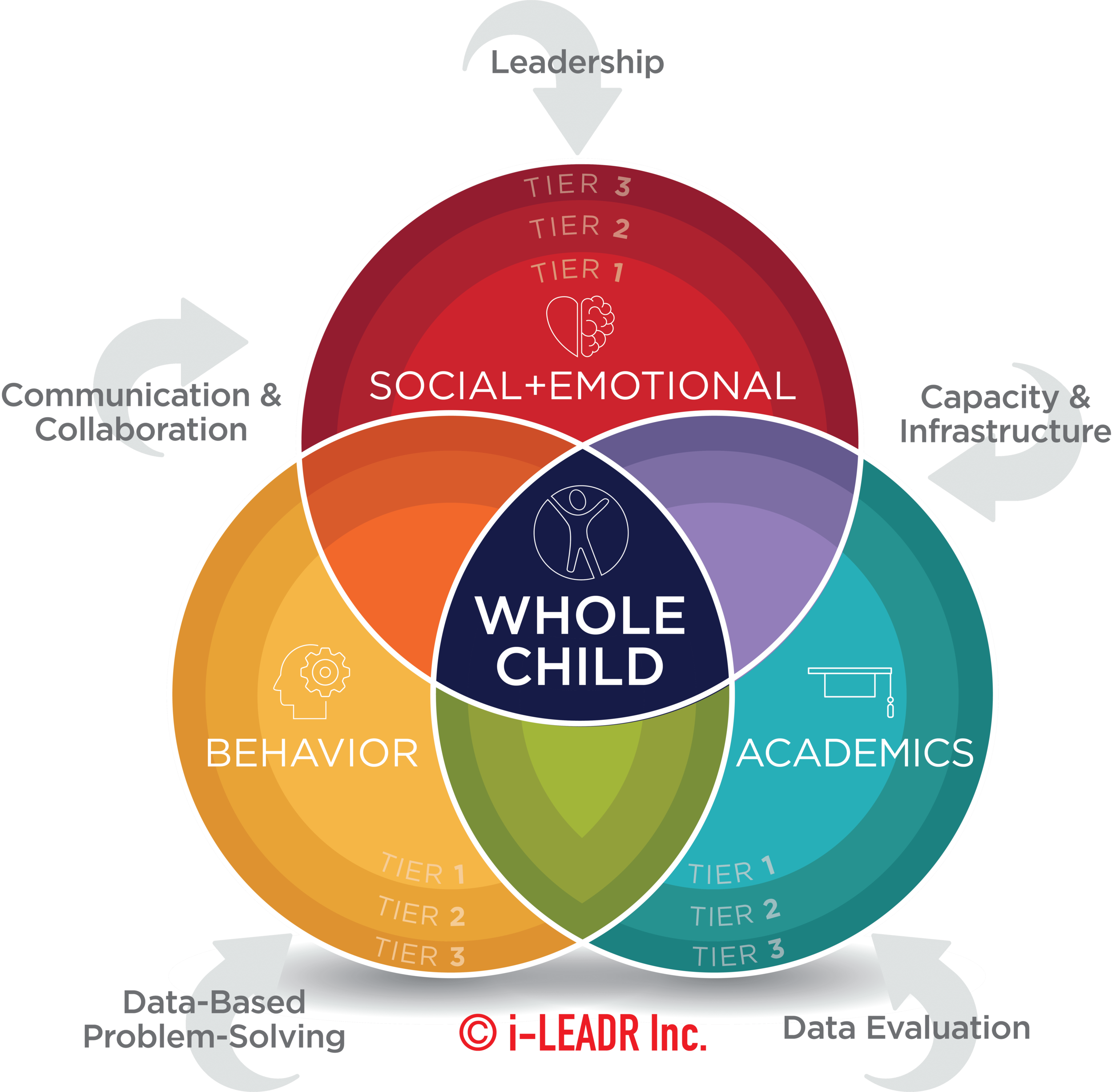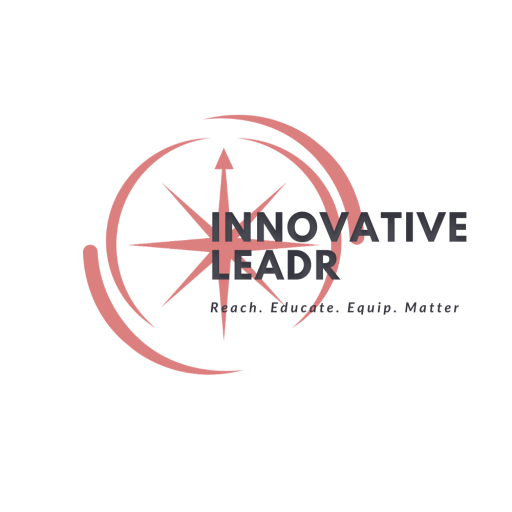
What is MTSS? – The implantation of raising student achievement in the classroom. How teachers, schools and educators can use leadership, data, communication and collaboration to improve student performance.
By: Janna Sells
Are you sick of feeling the MTSS implementation burnout? Has MTSS become a four letter word where you serve? Tired of the theory not matching practice? We were too. Welcome to our roadshow. A group of educators who were charged with the job of making MTSS work to close gaps and raise student achievement. In our journey we’ve uncovered the tools needed to build an effective 3 Tiered Model. Let us start off by first saying, it was not easy. We made tons of mistakes, but we eventually got it right. We continued and will continue to lean into our own learning and improve what we know to be faithful and true about implementing this highly effective total school improvement model.
5 Critical Components of MTSS
There are 5 critical components, or pillars, that have to be carefully and thoughtfully crafted prior to implementation of MTSS. Without these 5 essential inputs, an MTSS model is simply impossible.
1) It all begins with LEADERSHIP |
Leadership knowledge and reinforcement are the driving force behind a strong implementation model. What does that mean?
- Leaders equip themselves with the knowledge they need to lead teachers through implementation
- Leaders LEAD MTSS PLCs – know the data, lead the discussion, and equip teachers
- Leaders help align the arrows between the work teachers are doing in PLCs to their School Improvement Plan
- Leaders are active problem-solvers and strong advocates who support teachers so they may best serve students
2) Clear and consistent COMMUNICATION & COLLABORATION |
More times than we are excited to admit, we’ve coached and supported sites with the best implementation intentions, but they failed because of the lack of clear communication. The same factor for the leading cause of divorce in the United States is killing MTSS implementation across our country. Why do we continue to ignore the impact of good communication? Likely, because it is an art. Knowing when and how to say the right things can make or break the culture around implementation. It’s equally important that you bring teacher leaders in with you as you build your MTSS model. Their boots on the ground feedback is immeasurable and will help you stay ahead of potential threats.
3) Capacity and Infrastructure build sustainability |
Invest in your people. Not programs. Work to build capacity in ALL of your staff to create a model that lasts.
- Invest and equip all the people in your building to help them see the strong role they play in the MTSS model.
- It’s an all hands on deck approach. Every person in your building should see how their role impacts and aligns the arrows towards total school improvement.
4) Data-based problem-solving |
We would never expect a doctor to begin writing a treatment plan for an ill patient without data based indicators suggesting the treatment is exactly what the patient needs. We would also expect that the doctor has a strong line of research to support the treatment plan he or she chooses to help the patient recover. The same is true for educators. To teach without using a data-based, problem solving protocol is malpractice.
5) Data Evaluation drives continuous improvement |
Life is a constant cycle of continuous improvement. We evaluate success in many different measurements, but nonetheless, we drive towards improvement. MTSS implementation is no different.
- There are many tactical tools to measure whether or not your implementation model is having a positive, negative, or neutral impact on students’ growth and achievement.
- It’s important that you triangulate your implementation data to get a true measure of impact.
- You must listen to your current indicators and humbly reflect and improve on them until your desired implementation is achieved.
- Remember, this a marathon, not a sprint. Be present. Be strategic. Be consistent.
A Three-Tiered Approach to Academics, Behavior, and Social Emotional Supports
i-LEADR, Inc. coaches a three-part, three-tiered model (see image above). We believe in order to truly serve the whole child, educators must systematically measure the effectiveness of tier 1 core supports in all three areas: academics, behavior, and social emotional. There should be strategic core plans in place that identify grade or school-wide deficits in these major areas with a strategic improvement plan.
Once the school begins acting on core areas of concern, they should start to identify students outside and perhaps within those areas who need strategic tier 2 and/or intensive tier 3 supports. Intervention plans should be written to address the needs of these students and document support services provided. Educators should measure the impact of students’ response to instruction by using frequent progress monitoring.
The life blood of this model – Professional Learning Communities. None of this work should be done in isolation by a single teacher. These conversations, data-analyses, and service planning should be done inside a strong professional learning community model. These PLCs should be facilitated by a strong leadership team and should be communicated through School Improvement Team work. A comprehensive model, but not impossible.
Just remember, tradition does not make best practice when it stops being best for kids. Change is hard. Failure is unavoidable. How you rise from your failed attempts will determine the impact and effectiveness of your leadership. It’s ok to ask for help when help is needed.
To learn more about how i-LEADR coaches and supports MTSS implementation visit us at: https://ileadr.com/service/
